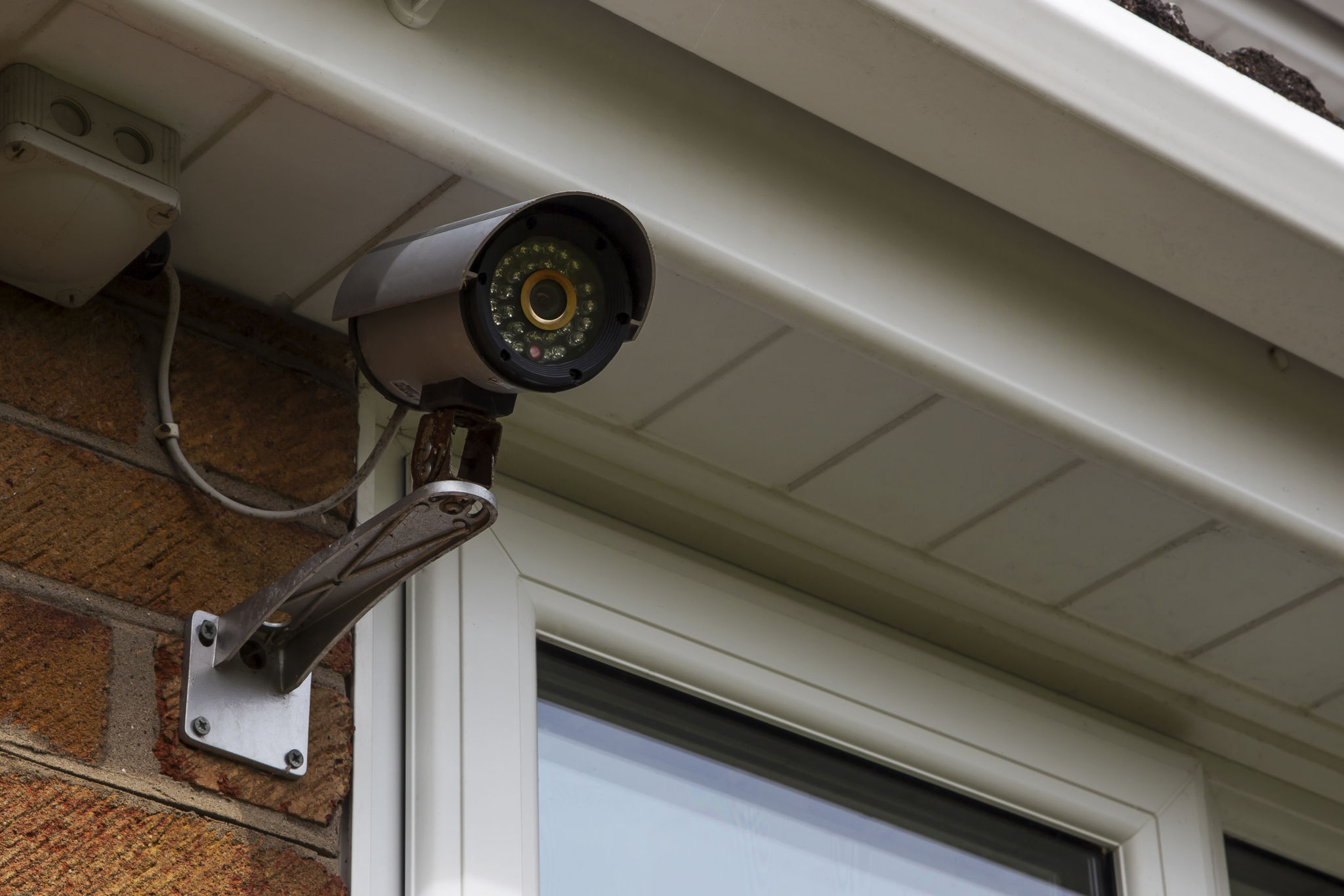DIY Home Security: Setting Up Your Own CCTV System in Hemet
Understanding the Basics of CCTV Systems
Setting up your own CCTV system at home can be both a cost-effective and rewarding project. In Hemet, where community safety is a top priority, having a reliable surveillance system can provide peace of mind. Before diving into installation, it's crucial to understand the basic components of a CCTV system. These usually include cameras, a recording device, and a monitor.
Cameras are the eyes of your system, capturing the video footage. You can choose from various types such as bullet, dome, or PTZ (pan, tilt, zoom) cameras. Each type has its own advantages, depending on your specific security needs.

Choosing the Right Equipment
Selecting the right equipment is vital for an effective CCTV setup. Consider factors such as camera resolution, night vision capabilities, and weather resistance. For outdoor use, weatherproof cameras with infrared night vision are recommended to ensure clear footage even in low-light conditions.
The recording device, often a DVR or NVR, is where the video footage is stored. DVRs are commonly used with analog cameras, while NVRs are paired with IP cameras for higher video quality. Ensure your recording device has enough storage capacity to retain footage for the desired length of time.
Planning Camera Placement
Strategic camera placement is key to maximizing the effectiveness of your CCTV system. Identify high-risk areas around your property, such as entry points, driveways, and backyards. Position cameras in these locations to cover blind spots and capture clear images.
It's also important to mount cameras at a height that deters tampering but still provides an optimal field of view. Avoid pointing cameras directly at the sun or reflective surfaces to prevent glare and ensure clear footage.

Installation Process
Once you've planned your setup and gathered the necessary equipment, it's time for installation. Begin by mounting the cameras securely using brackets or mounts suitable for the surface type. Ensure all components are firmly attached to prevent any movement or shifting.
Next, connect the cameras to the recording device, either through wired or wireless connections. Wired systems are generally more reliable, while wireless systems offer more flexibility in camera placement. Follow the manufacturer's instructions for connecting and configuring each component.
Testing and Maintenance
After installation, thoroughly test your CCTV system to ensure all cameras are functioning correctly and capturing clear footage. Check the recording device to confirm it is storing video properly. Regularly review the captured footage to identify any potential issues with camera angles or coverage.

Ongoing maintenance is essential to keep your CCTV system in top condition. Clean camera lenses periodically to remove dust or debris that may obstruct the view. Check all cables and connections for signs of wear or damage and replace them as needed.
Enhancing Security with Additional Features
To further enhance your home security, consider integrating additional features into your CCTV system. Motion detection alerts can notify you of unusual activity, while remote access allows you to monitor your property from anywhere using a smartphone or computer.
Some advanced systems also offer facial recognition technology or integration with smart home devices for added convenience and security. Evaluate these options based on your specific needs and budget.
